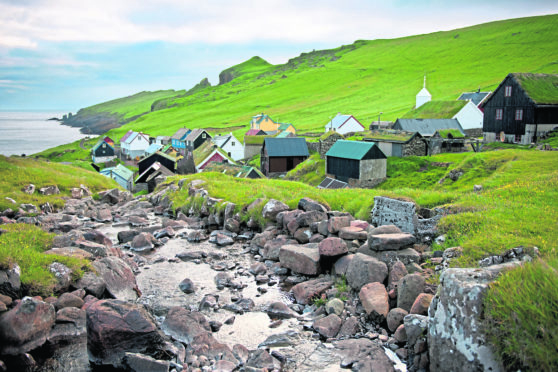Rocket launches from Sutherland could require safety measures to reduce risks to workers on North Sea oil and gas platforms – and residents of the Faroe Islands.
It has emerged that the so-called “Sceptre” report, produced by Highlands and Islands Enterprise (HIE) and others, highlighted such challenges in 2017.
It warned that “as a last resort then the population could be evacuated i.e. from North Sea Oil Rigs or small islands”, and suggested “effectively closing the area” to ships and aircraft “for the period of the launch and downrange flight”.
As it assessed potential spaceport locations, the study suggested there were three oil and gas platforms “that may be within some of the flight corridors”.
In considering the best launching trajectories, the report said that local populations must be taken into account at many locations, with the Faroe Islands of “particular concern”, and Iceland and Norway also “likely to be a potential concern”.
It said that from a “pure orbital delivery performance perspective”, Saxa Vord on Shetland is the “best location in the UK to launch from as the trajectory avoids the populations in the Faroe Islands and Iceland”, while Aird Uig on Lewis offers the “poorest performance”.
>> Keep up to date with the latest news with The P&J newsletter
To launch from The Moine in Sutherland, the rockets would be required to carry out a “dog-leg manoeuvre” to reduce the “risk to the population of the Faroe Islands to an acceptable level”.
Performing such a manoeuvre would reduce the payload on a rocket by about a third, however.
However, when asked about the concerns, a spokesman for HIE said the satellite launches “should have no impact” on oil platforms.”
Trevor Stapleton, health and safety manager for industry body Oil & Gas UK, said: “The UK’s offshore oil and gas industry communicates regularly with appropriate authorities in order to maintain and improve safe operations in the marine and air environment.
“While OGUK is yet to be approached on this specific endeavour, we would hope to enjoy the same safety led, consultative and collaborative relationship with those involved in the UK’s Space Innovation and Growth Strategy.”
A spokesman for the Faroe Islands government said: “UK Space Agency has contacted the Ministry of Foreign Affairs and Trade regarding future undertakings, which includes the Sutherland plan.
“The Ministry of Foreign Affairs and Trade is currently processing the information provided in close dialogue with relevant authorities and stakeholders in the Faroe Islands.”
Professor Malcolm Macdonald, who sits on the board of the UK Space Agency, said “effectively you can fly around” the Faroe Islands and Iceland, and although the “simplest, most fuel efficient way is to fly in a straight line”, launches from Sutherland “would be able to do these types of dog-legged manoeuvres”.
He added: “It’s not a show-stopper. Absolutely not.”
